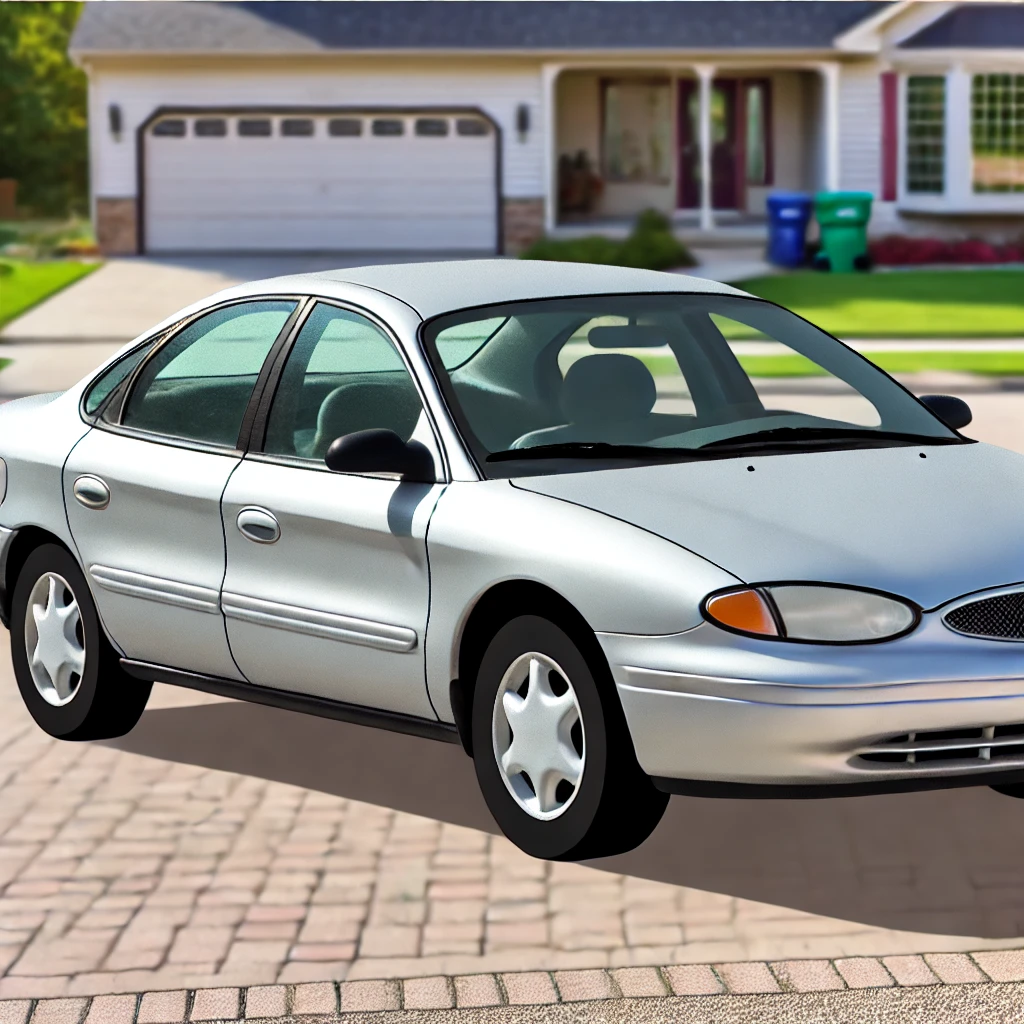
Here’s a step-by-step guide for changing the rotors and pads on your 1999 Ford Taurus SE:

Note: Before you begin, gather the necessary tools, such as a lug wrench, jack, jack stands, C-clamp or caliper piston tool, socket set, and a brake cleaner.
Preparation:
Park the vehicle on a flat surface and engage the parking brake.
Loosen the lug nuts on the front wheels, but do not remove them yet.
Lift the front of the vehicle using a jack and secure it on jack stands.Removing the caliper and old pads:
Remove the lug nuts and wheels from the front of the vehicle.
Locate the brake caliper assembly, which is secured to the rotor.
Remove the caliper bolts (usually two bolts) using a socket wrench.
Carefully lift the caliper off the rotor and hang it using a wire or bungee cord to avoid placing strain on the brake hose.
Remove the old brake pads from the caliper bracket.Removing the old rotor:
Inspect the rotor for any retaining screws or clips and remove them if present.
If the rotor appears stuck, tap it gently with a mallet to loosen it.
Slide the rotor off the wheel hub. If it's rusted or stuck, you may need to apply penetrating oil and use a hammer to tap it from behind to remove it.Installing new rotors and pads:
Clean the wheel hub surface thoroughly using a brake cleaner and a wire brush if needed.
Install the new rotor onto the wheel hub, ensuring it sits flush.
Apply a small amount of high-temperature grease to the caliper slide pins (if applicable).
Place the new brake pads into the caliper bracket, making sure the friction material faces the rotor.
Use a C-clamp or caliper piston tool to compress the caliper piston fully into its bore. This step is necessary to accommodate the new, thicker brake pads.Reassembling the caliper and wheels:
Reinstall the caliper over the new pads and rotor, aligning it with the caliper bracket.
Tighten the caliper bolts securely.
Repeat the process for the other front wheel.
Remount the wheels onto the wheel studs and hand-tighten the lug nuts.Finalizing the installation:
Lower the vehicle from the jack stands using the jack.
Use a torque wrench to tighten the lug nuts to the manufacturer's recommended specifications.
Test the brake pedal before driving the car. It should feel firm and offer good resistance.
Gradually bed-in the new brake pads by performing a few gentle stops to allow them to settle and provide optimal braking performance.Remember, these steps are a general guideline, and it’s crucial to refer to the vehicle’s manual or consult a professional mechanic for specific instructions. Brake systems are essential for safety, so it’s important to ensure the work is done correctly.